Love is (Un)Dead
The evolution of vampire romance in literature, film and television
You better hold on tight spider monkey. Stephanie Meyer’s Twilight Saga is now on Netflix, and people everywhere can have easy access to the pivotal teen angst vampire drama that had the teenagers of the 2010s under a chokehold. While Twilight is seen as the blueprint for many other teen franchises succeeding, Twilight was inspired by many predecessors.
1872: Carmilla by Sheridan Le Fanu

Written by Irish author Sheridan Le Fanu, Carmilla was one of the first forms of vampire literature as we know it today, serving as the inspiration for Bram Stoker’s iconic Dracula. In the gothic novella, Carmilla is a female vampire who preys on young women, making the story a highly discussed work of literature due to its unique gender representation and queer undertones.
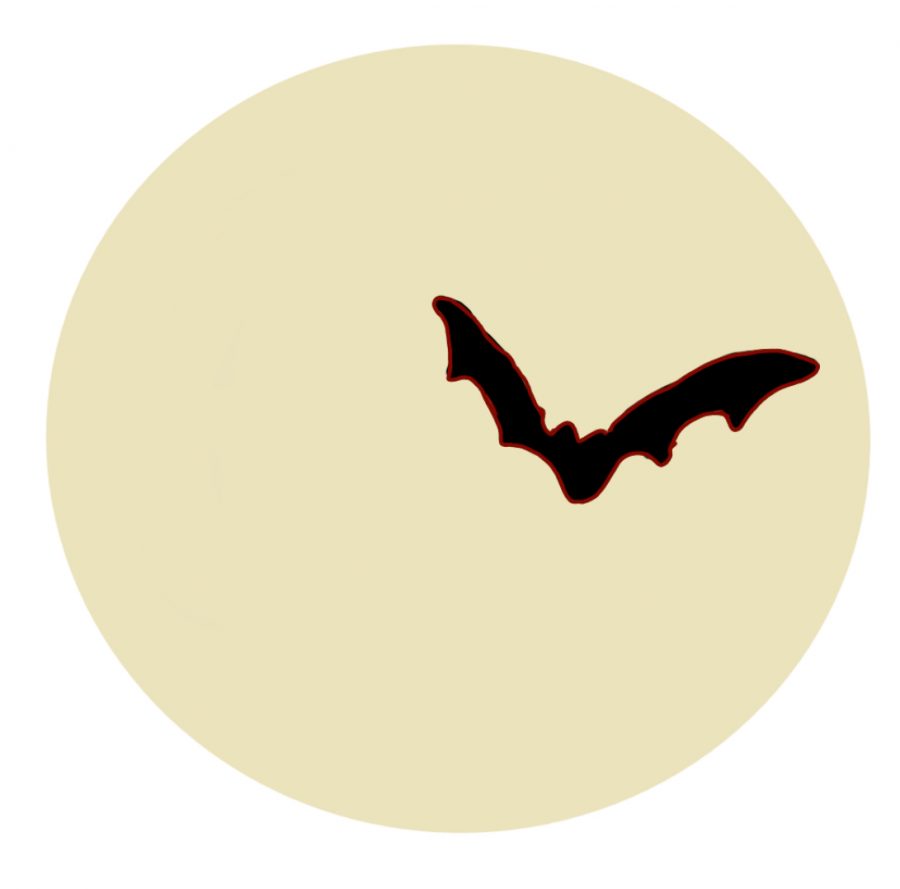
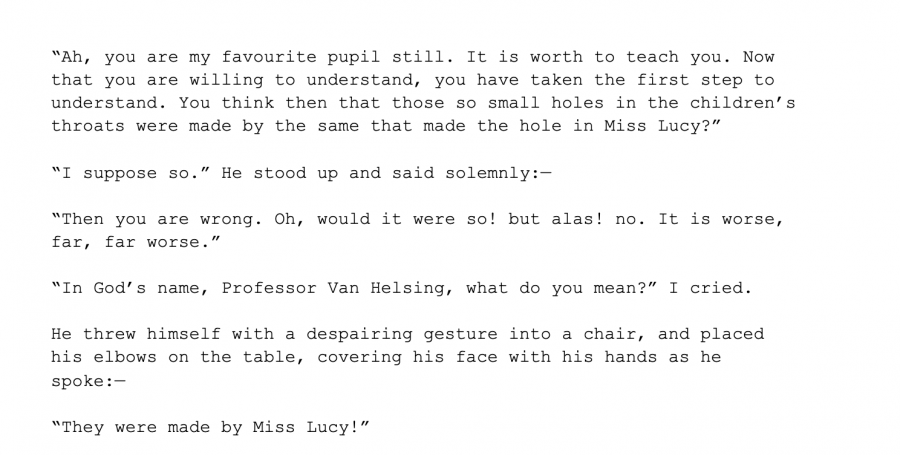
1897: Dracula by Bram Stoker
Bram Stoker’s Dracula is likely the most well-known early vampire story, known for creating the modern vampire. An epistolary novel, meaning that it is told through letters, diary entries, and newspaper articles, Dracula invites the reader to piece the narrative together alongside the characters.
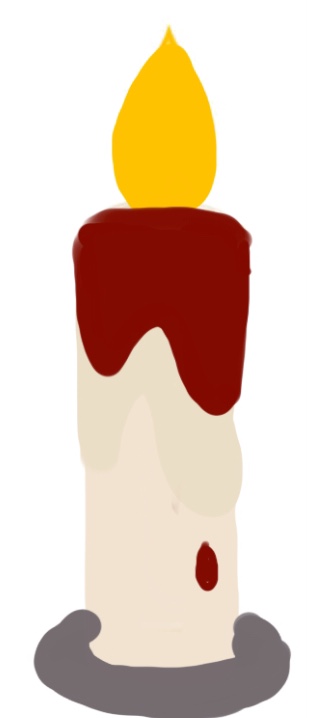
1976: Interview with the Vampire by Anne Rice

Anne Rice published the book Interview with the Vampire in 1976, which was then adapted into a horror film directed by Neil Jordan in 1994. The book and movie both begin when 18th-century lord Louis meets a vampire named Lestat, who convinces him to become a vampire as well. The romantic elements of the book and film have had many interpretations among viewers, readers, and fans. Besides the more evident relationship between Louis and Claudia, the young girl who he turns into a vampire, it is also widely interpreted that Louis and Lestat are lovers, continuing the trend of queer undertones in vampire fiction.
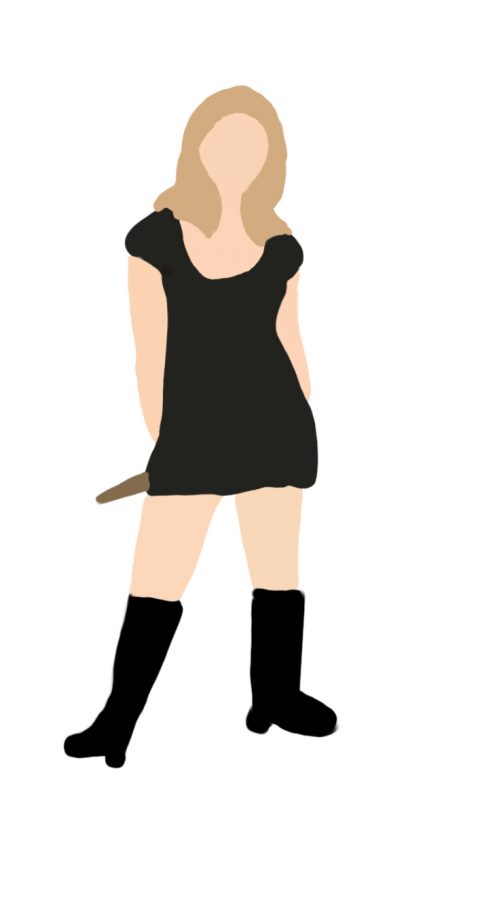
1997: Buffy the Vampire Slayer by Joss Whedon

Created by Joss Whedon, Buffy The Vampire Slayer was a wildly popular television show, inspired by Whedon’s movie of the same name, released earlier that year. In the show, peppy high schooler Buffy Summers has inherited the duty of being a vampire slayer and must keep her vampire-infested school and town safe. Buffy finds herself falling for a vampire with a soul named Angel, and later a vampire without a soul named Spike.

1992: The Vampire Diaries by Julie Plec and Kevin Williamson

The Vampire Diaries, originally published by L.J Smith in 1991 as a book, which was then adapted into a CW television show by Kevin Williamson and Julie Plec in 2009, quickly rising to popularity among teenage audiences. Though the Vampire Diaries television series began after Twilight, the L.J Smith books were published before Meyer’s saga. Many parallels can be drawn between Twilight and The Vampire Diaries, especially the romantic similarities. In both, the female protagonists Elena Gilbert and Bella Swan become unintentionally entwined in a world of vampires, and just like in Buffy the Vampire Slayer, become caught in a love triangle with two paranormal lovers.

2005: Twilight by Stephenie Meyer

The Twilight Franchise became arguably the most popular out of the various attempts at vampire romance. The Twilight Saga movies made a staggering $3.3 billion worldwide, making it the eighteenth highest-grossing film franchise of all time. The films served as the claim to fame for many future stars such as the series’ protagonists, Robert Pattinson and Kristen Stewart.
Now, almost a decade after the last Twilight movie was released, the excitement for the Saga’s release to Netflix was still intense among the unshakeable Twilight fans and the general public.
Paly junior Theresa Hart is one of many current Twilight enthusiasts who feels that Twilight was and is a triumph of vampire romance. “It is the epitome of the early 2000s, it’s very interesting, it’s a timepiece”, Hart said. “It’s so funny and it’s just a love story or many love stories”.
Hart’s interest in the Twilight series began when she was around seven years old.
I first watched all the movies in one night with my cousins, so I knew the basis of it, and then I started reading the books around seventh grade”, Hart said. Then I got back into it during quarantine because I was kind of down in the dumps and then I saw that Twilight was you know, kind of up and coming so I thought I would reread it, and then I fell in, dare I say, love”.
Hart has noticed that Twilight’s story is a trope well known to the film industry, and has had many iterations over the past couple of decades. “Maybe it’s good because it’s predictable, you know what’s going to happen”, Hart said. “Oh, a new person moves into town, meets a strange person, wow, they fall in love, oh my god, one of them’s a vampire”.
Hart has also observed the romantic parallels in vampire media. “If you think about Vampire Diaries, that is the exact same plot that Elena goes through, she just gets two brothers who are both vampires instead of one”, Hart said. “Buffy also has two love interests, Twilight is a little different where one of them’s a werewolf and one of them’s a vampire, but most of the time it’s two vampires”.
For the future of the vampire romance trope, Hart hopes that there will be more variety.
“Change the format”, Hart said. You can have the basic elements where there’s a vampire, there’s a human, and they fall in love, but make it happen under different circumstances and change the world that it takes place in”.
Featured Image art by Audrey Guo

2020-2021 - Staff Writer
2021-2022 - Social Media Manager
2022-2023 - Multimedia Director
I joined C Mag because I wanted to explore how art can...


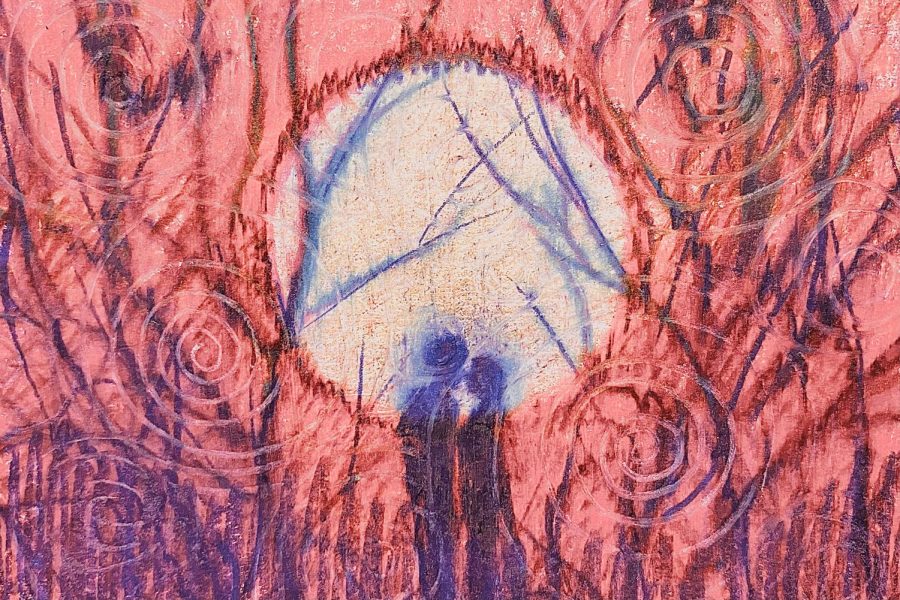




![Polynesian Club Performs at the Cultural Celebration Assembly
[Photo Courtesy of Savannah Earley]](https://cmagazine.org/wp-content/uploads/2025/04/PNG-image-600x535.jpeg)